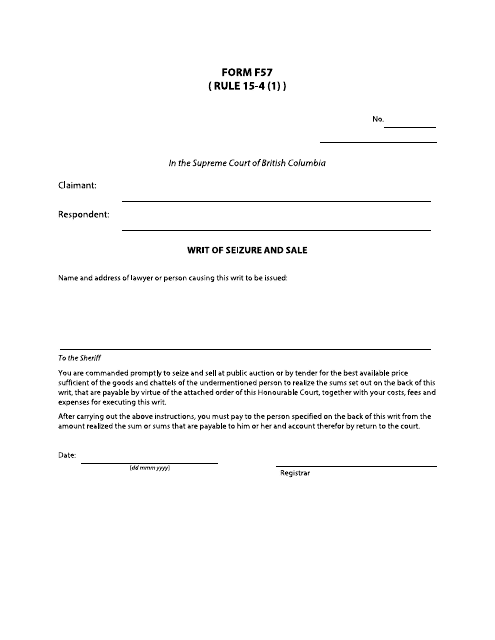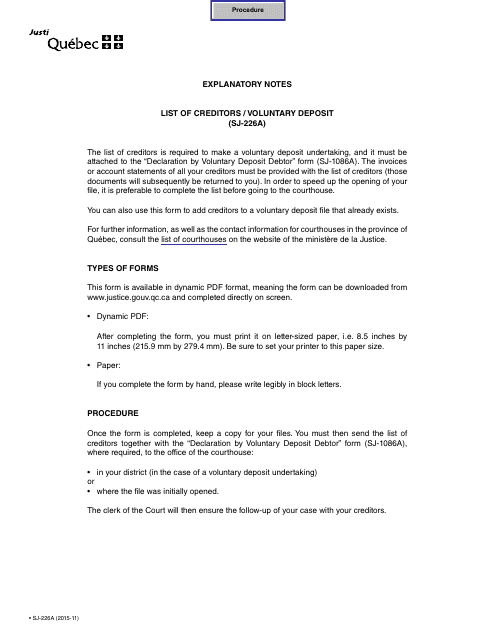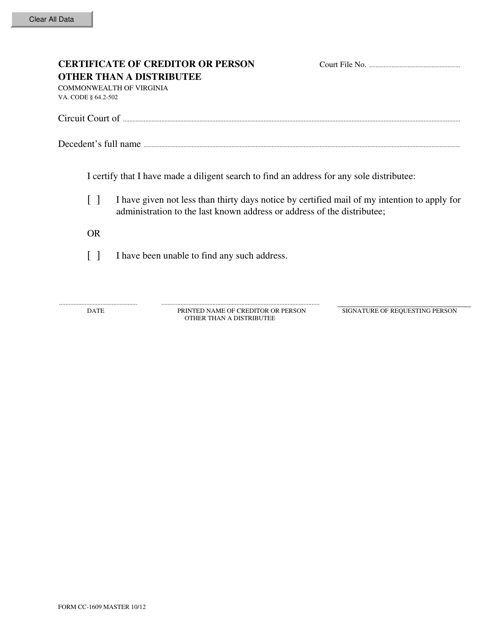Creditors Rights Templates
The protection of creditors' rights is essential to maintaining financial stability and ensuring fair treatment for all parties involved. Creditors' rights refer to the legal rights and remedies available to creditors, including individuals or entities owed money by a debtor. These rights help to guarantee that creditors are compensated for their outstanding debts.
At times, borrowers may default on their obligations, leaving creditors with unpaid debts. In such situations, creditors have the right to pursue legal action and seek repayment through various means. They can initiate actions such as filing claims, obtaining judgments, and even enforcing liens against the debtor's assets.
To ensure that creditors exercise their rights effectively, there are specific documents designed to facilitate the legal processes involved. These documents provide a framework for creditors to assert their claims and initiate the necessary legal proceedings.
For instance, one commonly used document is the "Notice to Creditors and Other Parties in Interest." This notice serves to inform all relevant parties about the creditor's claim against the debtor. It ensures that interested parties have adequate knowledge of the ongoing proceedings, allowing them to participate and protect their own rights.
Another vital document is the "Creditor's Claim," which is typically used in jurisdictions like California. This form provides creditors with a formal means of submitting their claim to the court. By filing a creditor's claim, creditors assert their right to payment and establish their position within the legal proceedings.
In other jurisdictions like British Columbia, Canada, creditors may utilize a "Writ of Seizure and Sale" to enforce their rights. This document authorizes the seizure and sale of the debtor's assets to satisfy the outstanding debt. It enables creditors to recover their due amount directly from the debtor's property.
Even in cases where the debtor has overseas connections, creditors can still protect their rights. For example, in Maryland, a creditor can use a "Notice to Creditors of Appointment of Foreign Personal Representative." This document alerts creditors of the appointment of a non-local individual tasked with handling the debtor's affairs. It ensures that relevant creditors are informed and can engage in the legal proceedings if necessary.
In Virginia, a "Certificate of Creditor or Person Other Than a Distributee" serves a similar purpose. This document allows creditors or other parties with an interest in the estate to assert their rights and stake a claim in the ongoing proceedings. It ensures that creditors are recognized and provided with opportunities for redress.
In conclusion, creditors' rights are safeguarded through a variety of legal documents that enable creditors to assert their claims and seek repayment. These documents, including but not limited to Notice to Creditors, Creditor's Claim, Writ of Seizure and Sale, Notice to Creditors of Appointment of Foreign Personal Representative, and Certificate of Creditor or Person Other Than a Distributee, keep the legal process fair and transparent for all parties involved.
Documents:
8
This form is used for notifying creditors and other parties in interest about an important matter.
This form is used for filing a creditor's claim in the state of California.
This form is used for creditors in Alaska to provide an affidavit. It serves as a sworn statement regarding a debt owed to them.
This Form is used in British Columbia, Canada for issuing a Writ of Seizure and Sale.
This form is used for submitting a list of creditors during the voluntary deposit process in Quebec, Canada.
This Form is used for notifying creditors about the appointment of a foreign personal representative in Maryland. It ensures that creditors are aware of the representative's authority and can file any claims against the estate.
This document is used to notify creditors and appoint a foreign personal representative in Washington, D.C.
This form is used for certifying that a person is a creditor or someone other than a distributee in the state of Virginia.








